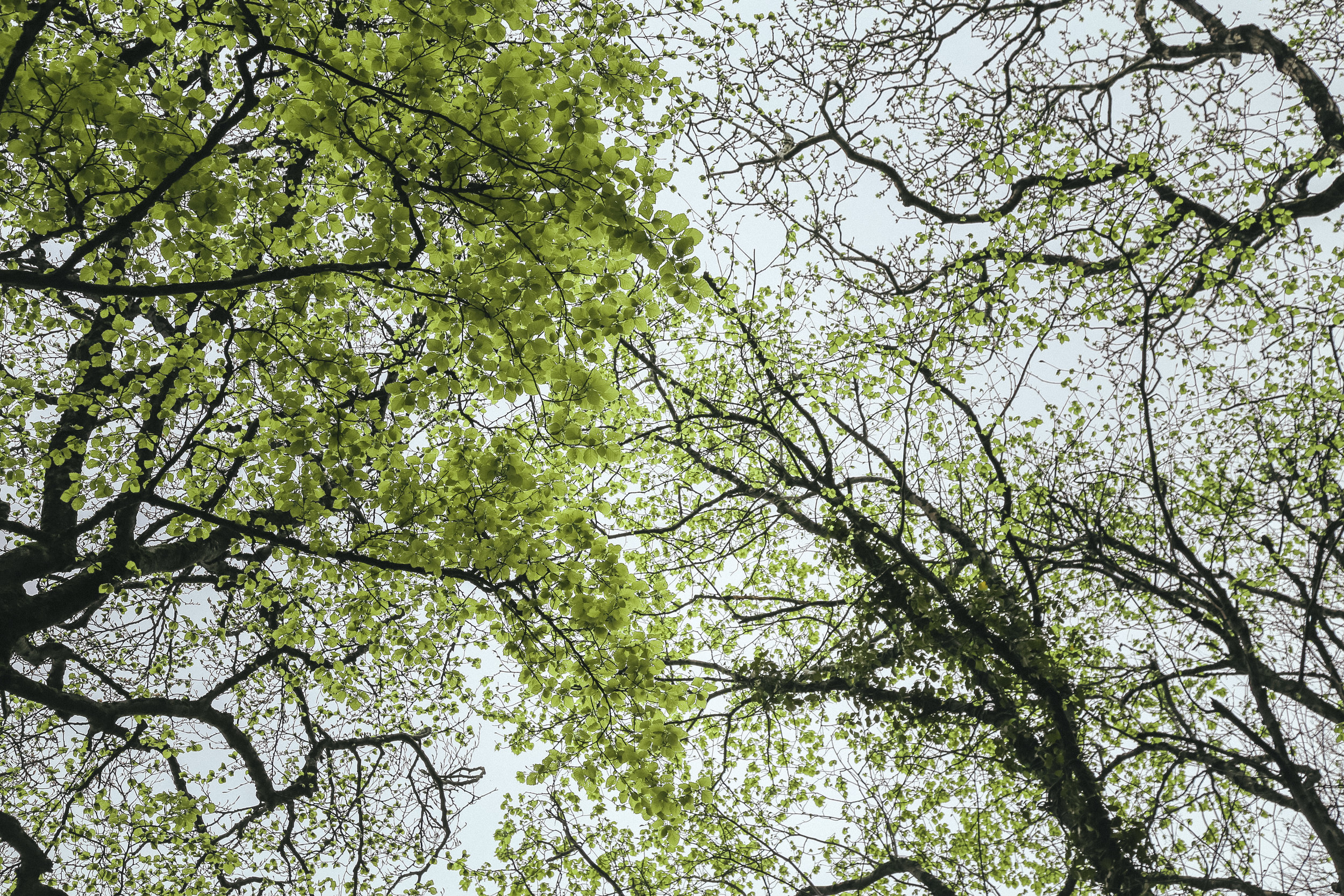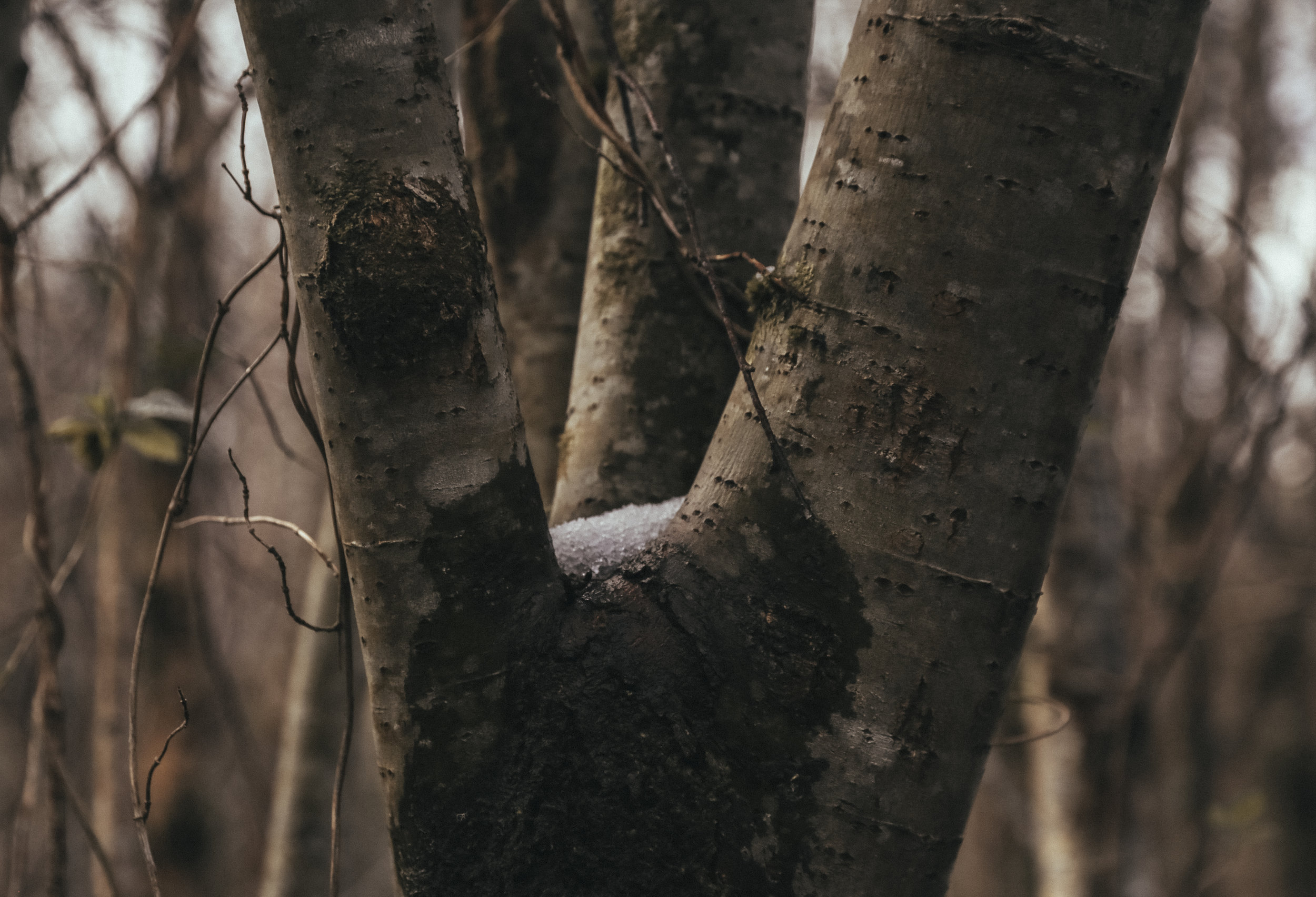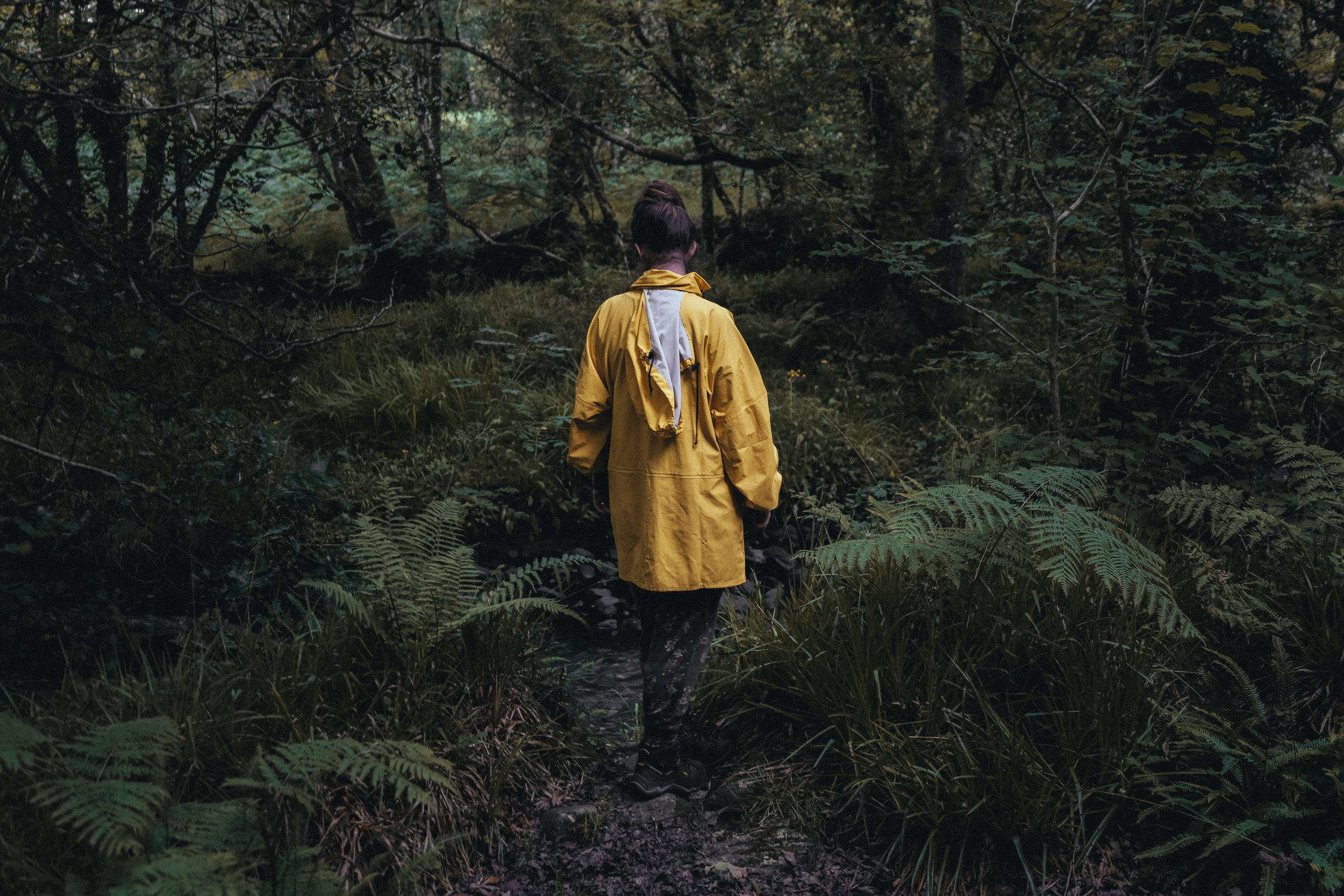TAKING TIME: with Beech trees.
Passing time with trees.
In spring the beech tree is often the first to herald a new year. In early April, delicate leaves begin to unfurl. When the sunshine breaks through the clouds, sunlight passes through the soft young leaves. In that moment the whole tree shimmers and glows.
In summer the beech leaves darken to a deep, waxy green. By July the leaf has thickened so much that light can no longer pass through. Now dappled shadows fall on the forest floor. When the midday sun is beaming overhead, the beech canopy becomes a dark silhouette against the sky.
In autumn the beech leaves turn to deep ochres, mustards, and rust browns, and some still have remnants of green. Each leaf has a different combination of colours. Set against the blue-grey clouds of autumn the varied hues are mesmerising.
In winter, when other trees have dropped their leaves to the forest floor, the beech’s leaves stay on the branch. Now they are dry and crinkly, like brown paper. When a big wind blows through the forest, the leaves rustle, waiting for spring.
When our baby was born I found myself drawn to the beech trees, as I had been during my own childhood. In her earliest months, I took her on long, twice-daily walks through the beech forest. I felt the forest was sheltering and protecting us. Over her first year, the beech canopy shielded us from April rain, harsh summer sunshine, and winter’s wind and hail.
At night, sitting awake with her, I would stare at the blank wall as she drifted to sleep. In my mind’s eye, I drew and redrew the beech tree canopy and its silhouetted patterns of leaves. When I came back to work after maternity leave, it was the first new print pattern I made - a thank you and a love letter to the beech tree.
Jo Anne Butler











